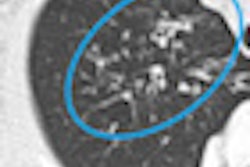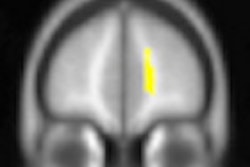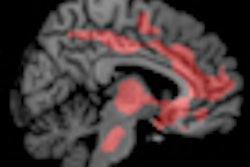Dear MRI Insider,
In this issue of the Insider, you have an exclusive first look at the University of Minnesota's Center for Magnetic Resonance Research and how its staff has been working for more than a decade to develop and perfect 7-tesla and 9.4-tesla MRI technology.
In the area of cardiac imaging, 7-tesla MRI has provided high-resolution images of the moving heart while patients are breathing. In addition, 9.4-tesla MRI scans of animals have provided images of arteries and veins in cat brains on the order of 10 microns in resolution.
J. Thomas Vaughan, PhD, professor of radiology, electrical engineering, and biomedical engineering, discusses the benefits of the higher-field strength scanners, their commercial viability, and what is on the horizon for 10.5-tesla MRI technology. Read more by clicking here.
In other news, a study from Stanford University has found that patients who see doctors who own or lease MRI equipment are more likely to receive scans for low back pain, while orthopedists' patients who get scans are more apt to undergo back surgery. The researchers concluded that the rate of MRI scans increased by 13% for orthopedists' patients and by 32% for patients of primary care doctors.
There was also a victory this week for medical device maker Medtronic. The U.S. Centers for Medicare and Medicaid Services said that it would pay for MRI studies performed on patients with pacemakers, as long as the pacemakers have been approved by the U.S. Food and Drug Administration for use in an MRI environment.
Also in this Insider, a study from Italy and the Netherlands has found that even with improvements in MRI techniques, CT remains the superior imaging modality to image cystic fibrosis of the lungs, despite radiation concerns.
Diffusion tensor MRI, however, can have clinical value in measuring white-matter abnormalities and symptom severity in patients with obsessive compulsive disorder (OCD). With the help of MRI, Chinese researchers concluded that OCD is associated with microstructural abnormalities within the white matter of the brain that may indicate impaired integrity and increased connectivity.
For more news and information on MRI today and in the future, be sure to stay in touch with the MRI Digital Community on a daily basis for the latest developments from around the world.



.fFmgij6Hin.png?auto=compress%2Cformat&fit=crop&h=100&q=70&w=100)




.fFmgij6Hin.png?auto=compress%2Cformat&fit=crop&h=167&q=70&w=250)











